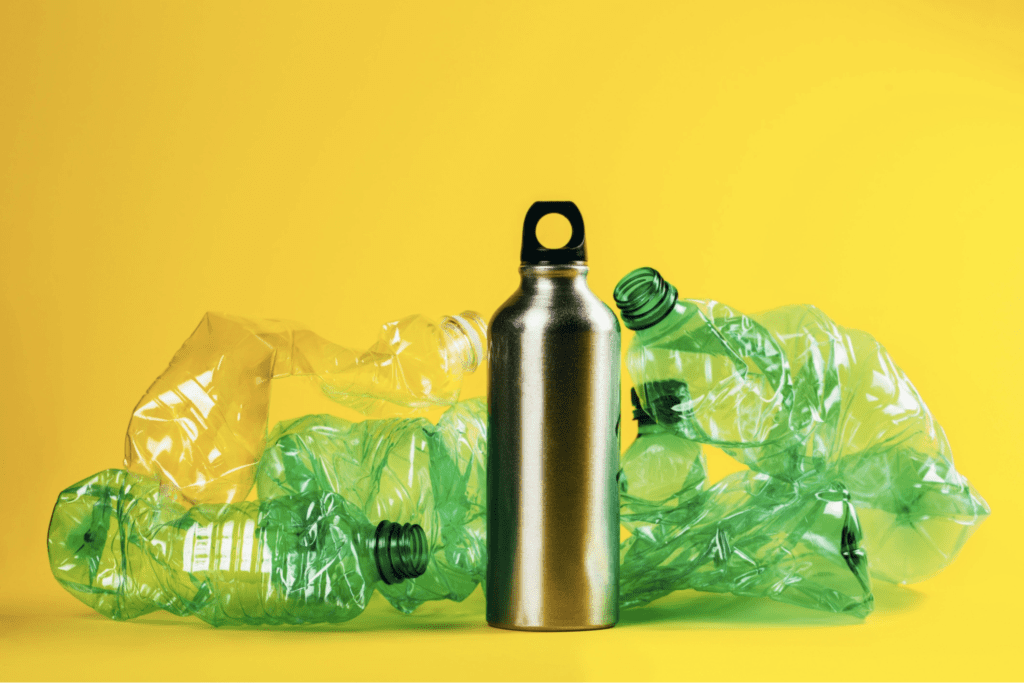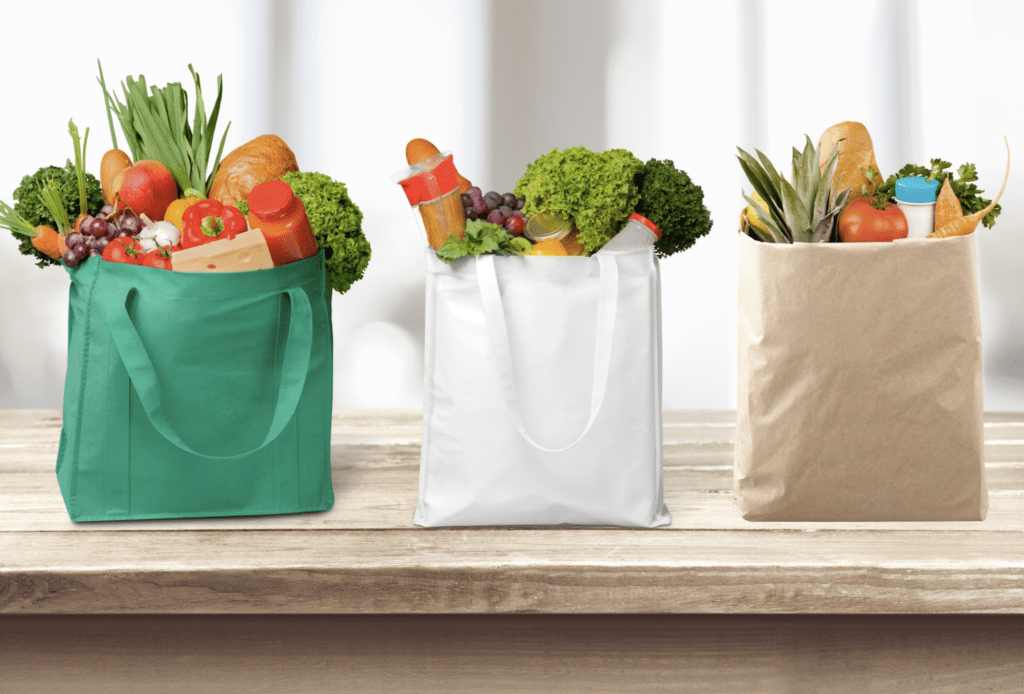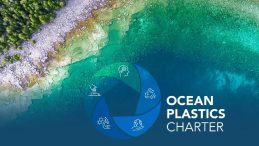

Plastic Free July is a global movement by the Plastic Free Foundation, whose aim is to help millions of people all over the world be part of the solution to our plastic problem. Over 190 countries participate and the movement has inspired over 100 million people to get involved. In 2021 Plastic Free July participants globally reduced 2.1 billion tonnes of waste and recycling including 300 million kgs of plastic consumption. It just shows that collectively we can all make a huge difference to combat our plastic problem. So what are you waiting for?


Image from plasticfreejuly.org
In case you need a little encouragement to get on board, here are some reasons why we need to start tackling our plastic problem. Single-use bags, plastic bottles, food containers and food wrappers are the four most widespread items polluting the seas. Litter in our oceans has detrimental impacts on many different levels. Marine life can become entangled in our waste or mistake it for food causing injury to the animal, often with fatal consequences. When plastics break down, they create microplastics which are inadvertently ingested by animals; they have even been found in the guts of animals who live in some of the deepest marine ecosystems on Earth, which shows just how far our waste can reach. Microplastics don’t just end up in the ocean. They are less than 5mm in size and our advanced water filtration systems can’t catch all of these microscopic pieces of plastic so microplastics end up in our fresh water sources. We too are inadvertently ingesting microplastics! So much so that microplastics have been found in newborn babies. Globally, we all need to do better to combat our plastic problem and Canada is no exception. Every year, Canadians throw away 3 million tonnes of plastic waste, only 9% of which is recycled

Image from biologicaldiversity.org
With guidance from Plastic Free July we can all start to take steps towards. Here are just some of our favourite ideas to get you started:
Plastic free supermarket shopping


Image from junglecolony.com
- Look for plastic alternatives in glass and aluminium; both of these packaging options are 100% recyclable
- Watch out for plastic packaging on your fruits and veggies. Choose loose items instead and avoid using the plastic bags on offer, you can pop them straight in your basket or bring your own designated veggie bag from home
- Shop at farmers markets where plastic packaging is often used less
Reusable water bottles


Image from time.com
- Water bottles can be 100% recyclable when made from polyethylene terephthalate or PET, (often seen as the triangle symbol with the number 1) which the majority of plastic bottles are
- Why then in 2020 did the Great Canadian Shoreline Cleanup find 8,216 water bottles littering our shorelines? It takes us back to what we actually do with our waste. Even things that are recyclable end up in the trash and end up in and around our ocean
- Stop buying single use plastic bottles and re-fill your own water bottle. If you don’t have a reusable bottle then please make sure it’s made of recyclable materials and that it’s 100% plastic free!
Reusable cups


Image from independent.co.uk
- Coffee cups are rarely recyclable due to the plastic film layer on the inside of the cup itself
- Bring your own reusable cup whenever you’re getting a takeaway beverage, it doesn’t have to be anything fancy, just as long as it’s not single use! You probably have something in the back of your cupboard you could use, but if you must go out and buy a new reusable item, the same goes here as it did for bottles, please make sure it’s made of recyclable materials and that it’s 100% plastic free!
- Check out Responsible Cafes to learn how to do more
Shopping bags


Image from earth.com
- Even though we know plastic shopping bags are public enemy number one, Canadians still use 700 plastic bags a year!
- There are various different types of other bags you can use instead, just take a look at our Sustainable Shopping blog
- Every new bag you use has an environmental impact from the minute it’s produced (regardless of the material). We need to reduce the demand for the creation of new bags by using what we already have. Then disposing of them in the correct manner, once they are at the very end of their life.


Image from plasticfreejuly.org
There are so many different ways you can reduce your plastic waste, and Plastic Free July makes it really simple. Their menu takes you from the very basics to more specific areas of everyday life, so you can simply follow the advice on different ‘topics’ and all your small changes will build up to making a big difference. They even show us ways in which we can help our local community, offices and our schools to be plastic free. So whether you’re new to cutting down on your plastic or a seasoned environmentalist, everyone can get involved in this movement. The time really is now to start making changes, especially since earlier this year the United Nations has approved the creation of the first ever global plastic pollution treaty. It has been described as the most significant free deal since the 2015 Paris Agreement. Plastic Free July even has advice on how local governments can get involved, so if you are an active member of your community or in local government yourself, it’s a pivotal moment to be involved in this movement!
